Optimal Timing for Ceiling Paintings
Ceiling paintings are a decorative feature that can enhance interior aesthetics and add artistic value to a space. The timing of painting projects influences the quality and longevity of the artwork, making it essential to choose optimal conditions for application.
Ceiling paintings should be done when humidity levels are low and temperatures are moderate to ensure proper drying and adhesion.
Spring and early fall often provide the best weather for ceiling painting due to stable temperatures and lower humidity.
Painting during extreme heat or cold can cause paint to dry unevenly or crack, reducing the artwork's durability.
Using climate-controlled environments during colder or humid months can facilitate optimal painting conditions indoors.
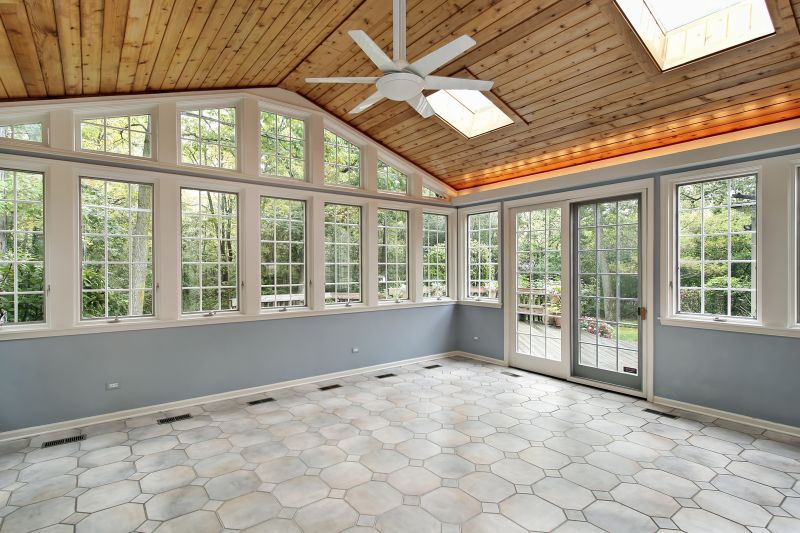
Bright, mild weather supports high-quality application and drying.
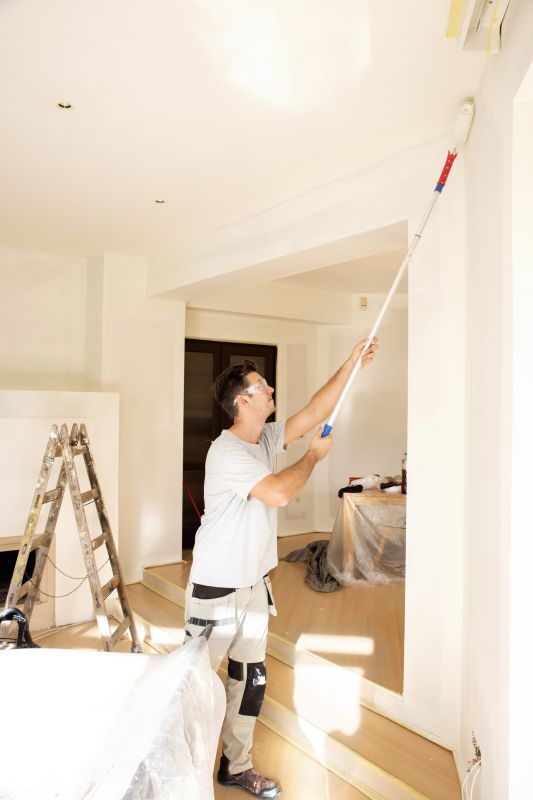
Climate control ensures consistent conditions regardless of outdoor weather.
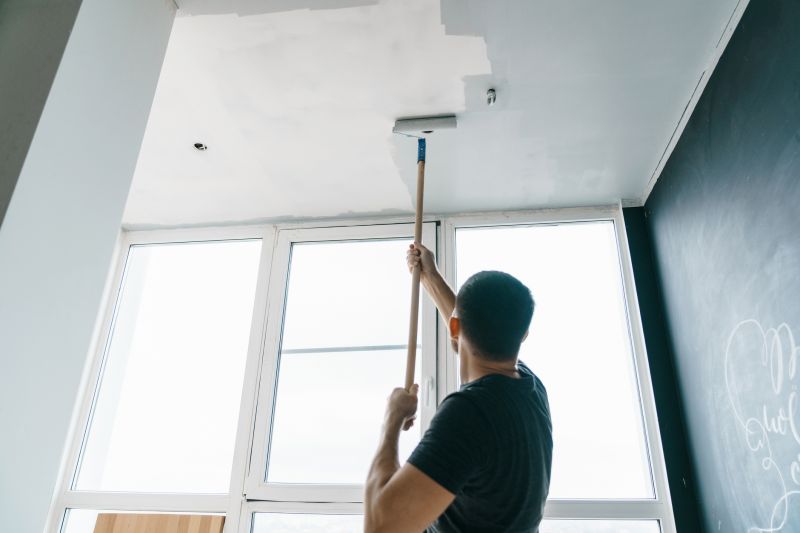
Moderate temperatures and low humidity promote better adhesion and finish.

Ways to make Ceiling Paintings work in tight or awkward layouts.
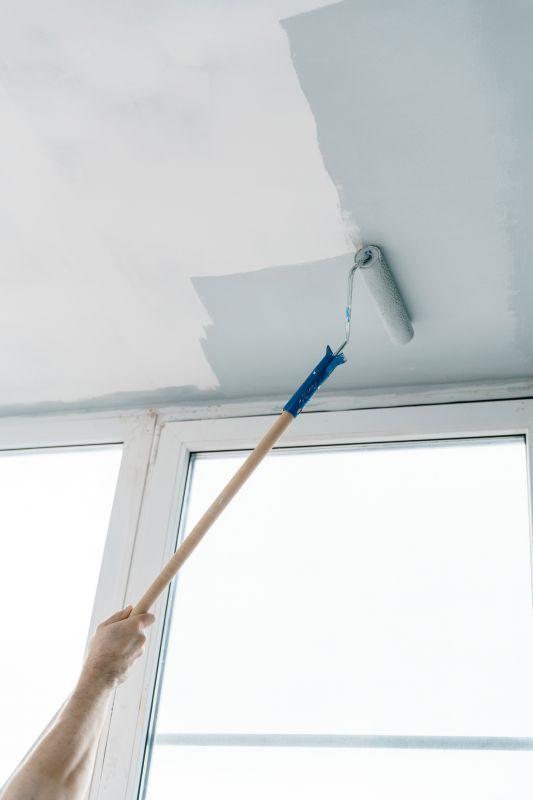
Popular materials for Ceiling Paintings and why they hold up over time.
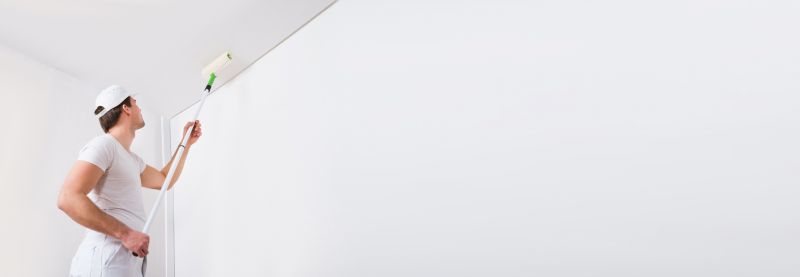
Simple add-ons that improve Ceiling Paintings without blowing the budget.
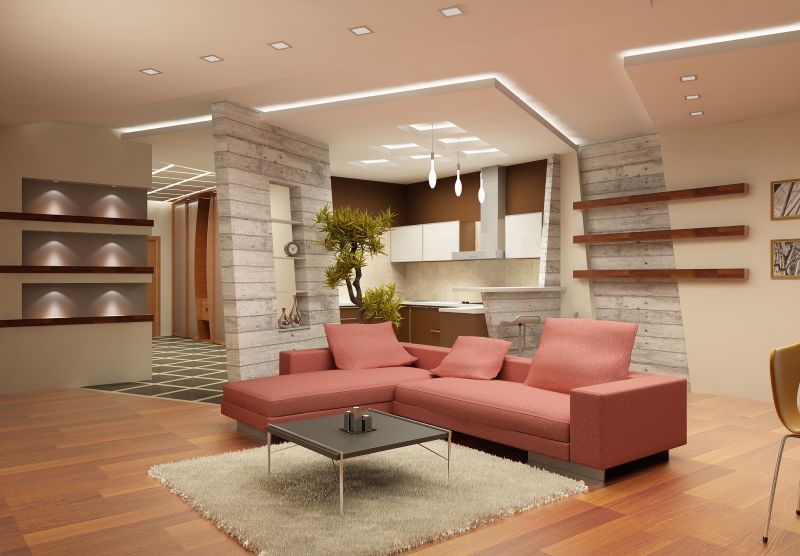
High-end options that actually feel worth it for Ceiling Paintings.
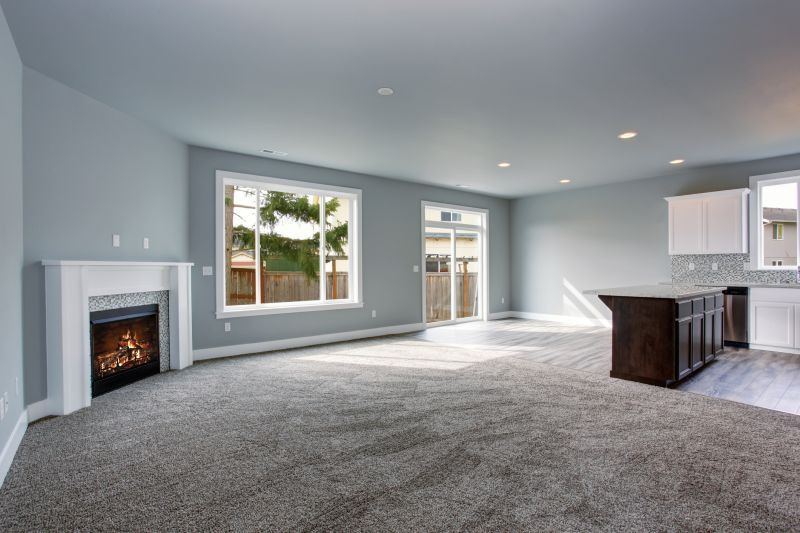
Finishes and colors that play nicely with Ceiling Paintings.
| Season | Advantages |
|---|---|
| Spring | Mild temperatures and low humidity support optimal drying. |
| Early Fall | Stable weather conditions favor high-quality finishes. |
| Winter (indoor) | Climate-controlled environments prevent weather-related issues. |
| Summer | Potential for high humidity and heat, which may hinder drying. |
| Late Fall | Less ideal due to increasing humidity and cooler temperatures. |
Ceiling paintings require careful planning to ensure the best results. Proper timing minimizes issues such as peeling, cracking, or uneven drying. It is important to consider local climate patterns and indoor conditions to select the most suitable period for application. High-quality results depend on maintaining consistent environmental parameters throughout the painting and drying process.
